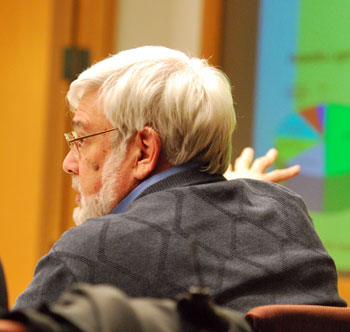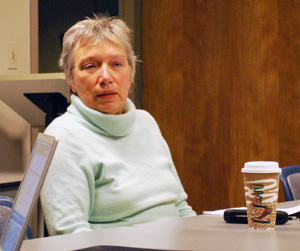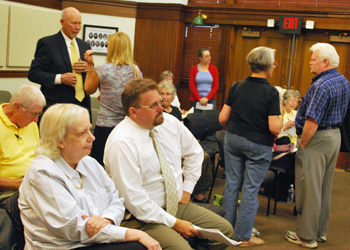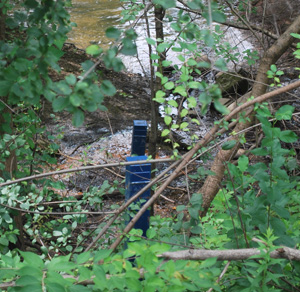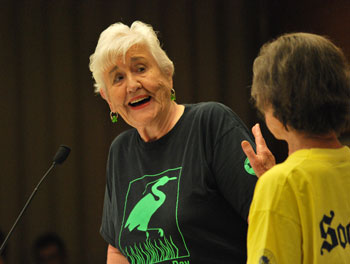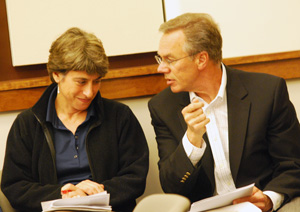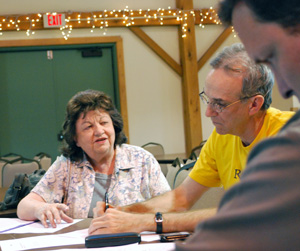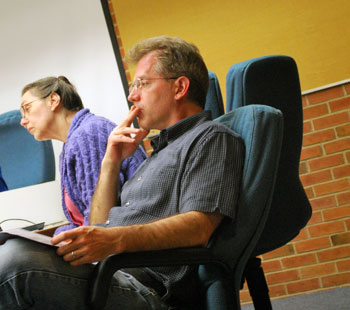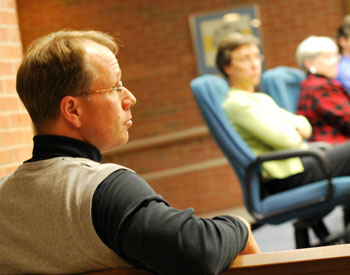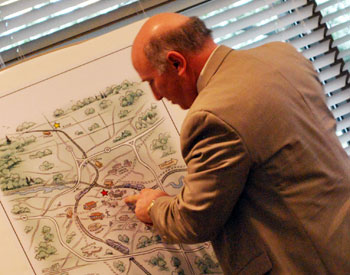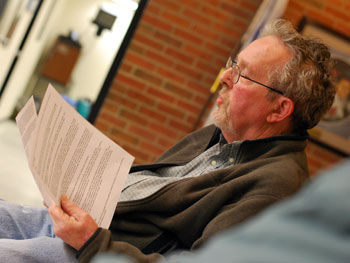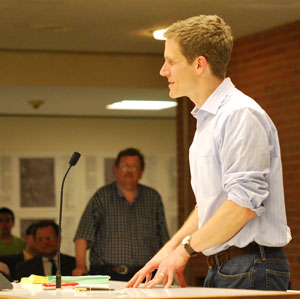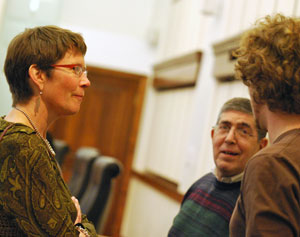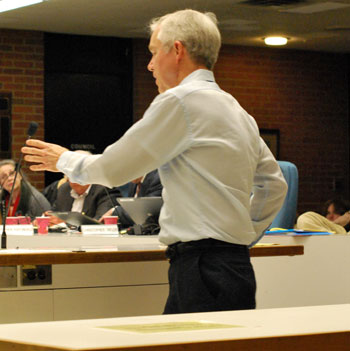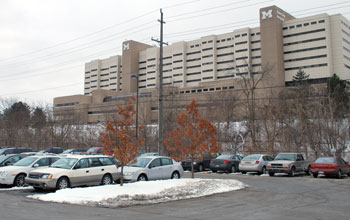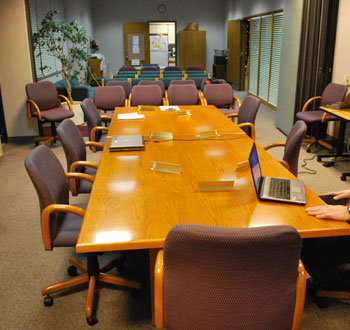Fuller-Maiden Lane Intersection Gets Study
At its Feb. 7, 2011 meeting, the Ann Arbor city council authorized a $460,139 contract with DLZ Michigan Inc. to review previous studies of the Fuller Road/Maiden Lane/East Medical Center Drive intersection and propose a design for a reconfiguration of the intersection. Previous studies point to a roundabout as a good solution to the traffic congestion at the intersection. The poor level of service (LOS) in that area has prompted the city to propose various solutions to the intersection redesign, dating back at least to 2005. Depending on the time of day, the intersection currently rates D and E on the letter-grade scale used to evaluate traffic flow.
In the city’s capital improvements plan (CIP), the intersection improvement is categorized with bridge projects – it’s immediately adjacent to the Maiden Lane bridge over the Huron River.
In 2009, the city studied the intersection in the context of increased traffic load due to possible construction of the Fuller Road Station – an intermodal transit center and parking deck proposed for the area between Fuller Road and East Medical Center Drive. The city’s online meeting packet includes drawings of the current configuration of the intersection as well as the possible roundabout configuration.
The engineering and design of the roundabout project will be funded out of the FY 2011 capital budget for the city’s street reconstruction millage. Construction is expected to be funded out of a combination of: (1) millage revenues in future years; (2) possible funds from a federal Congestion Mitigation Air Quality (CMAQ) grant; and (3) a contribution from the University of Michigan.
In a telephone interview Monday morning before the evening council meeting, Homayoon Pirooz, in the city’s project management unit, told The Chronicle that construction on any project would not begin before the summer of 2012, with 2013 a more likely timeframe. Pirooz ballparked the construction cost of a project like this – once all the traffic lanes leading to the intersection are modified, and the pedestrian amenities are installed – as possibly more than $2.5 million.
This brief was filed from the boardroom in the Washtenaw County administration building, where the council is meeting due to renovations in the city hall building. A more detailed report will follow: [link] [Full Story]




